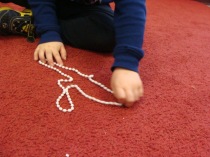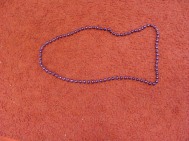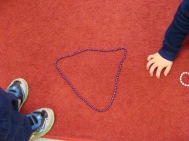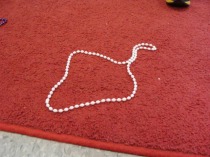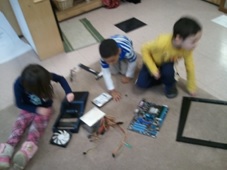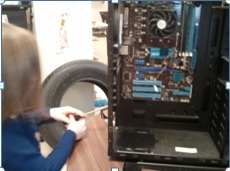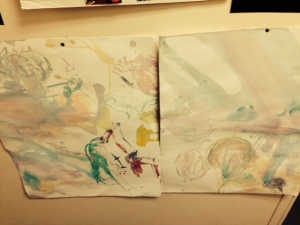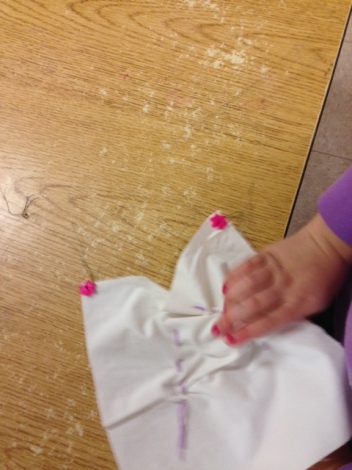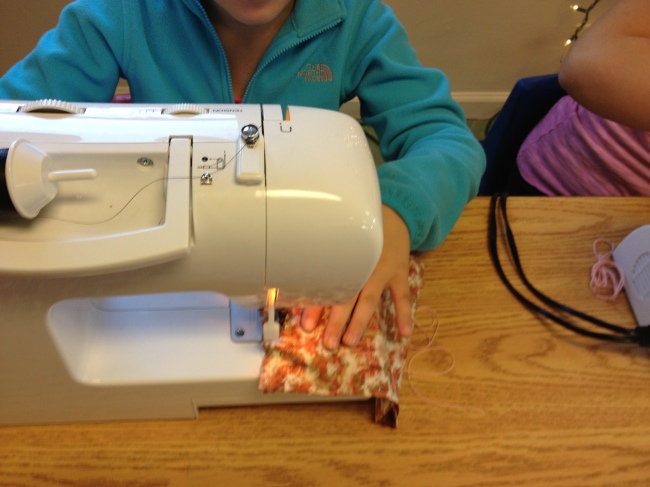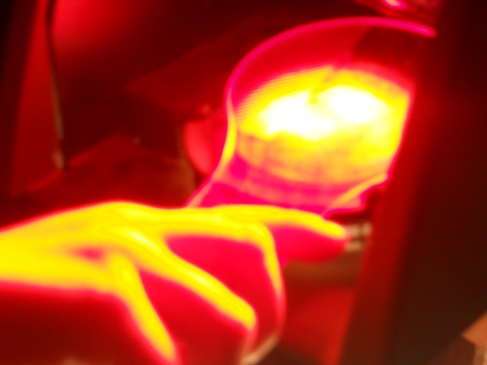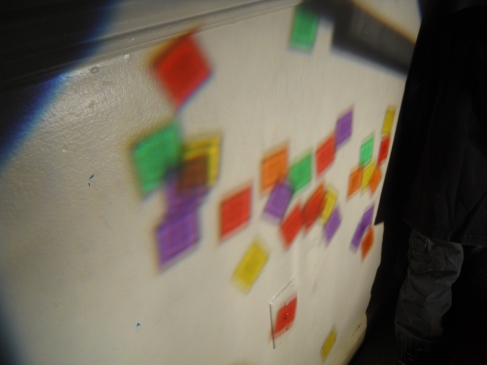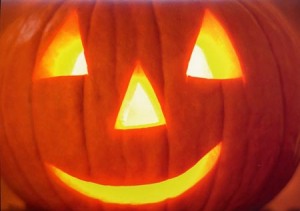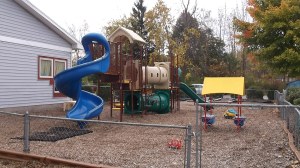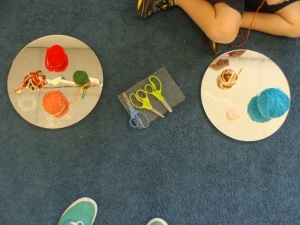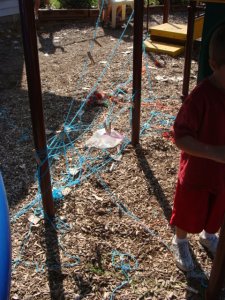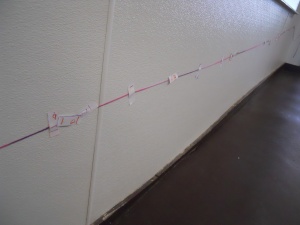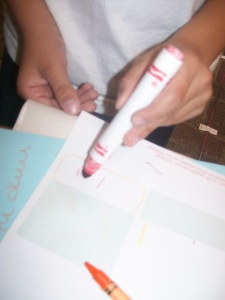With all of the press about Common Core, I thought now might be a good time to explain a little bit better about what your child is actually getting educationally while at Toddler’s Workshop. As many of you know, Kelly and I went to Reggio Emilia, Italy this past November. While we were there we learned a great deal more to validate what we were already doing as well as delve more deeply into a greater understanding of the philosophy and approach to education of young children. We have had a number of staff meetings within each department as well as whole staff training about various aspects of this approach. Kelly and I will also be presenting at a local as well as a state conference this coming April.
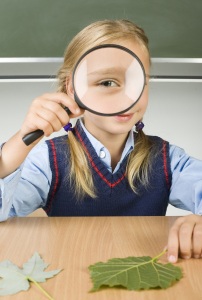
So what is this philosophy and approach to learning?
First and foremost: The Image of the Child is the main value of this approach- how a respectful image of children as competent and capable learners influences the approach to teaching and interactions with children. We continue to work with all of our staff on this viewpoint and the best way in which to ensure that each child is viewed as competent and capable.
In addition, the Reggio Emilia approach takes into consideration that children learn best in an interactive, social environment. Through this “social constructivism” children’s depth of knowledge is explored, examined, and experienced.
One of the biggest components of this best practice in teaching is the use of a multi-disciplinary approach. What does this mean? It means that when we learn about letters, it is in a relevant situation not in isolation. Math is part of our every day lives…not a separate time of the day that we call “math time”. The human spirit is connected by many senses, (polysensorial) so likewise that is also how we learn. Research says that children learn best when they have a connection to the real world and with experiential learning, as a whole child, not as just the math child or letters child. Children in fact learn in a hundred different ways.
So connecting back to Common Core…I don’t personally dislike “Common Core” but I do dislike when Common Core is taught in a prescriptive approach. YOUR children are learning all of the standards within Common Core and so much more. Common Core is at the 50 foot level. We work on our teams to help facilitate experiences for children at the 5000 foot level. We use an organizational tool of Bloom’s Taxonomy (Dr. Benjamin Bloom, Educational Theorist) especially when children work on long term projects.
The lowest level of this taxonomy is
• Knowledge-defined as remembering information. This would include naming letters and numbers or counting to 100.
Beyond Knowledge and going up the hierarchy are
• Comprehension-understanding facts or information through such things as discussion, predicting or summarizing.
• Application-applying basic knowledge to new situations (in other words using it in real life applications)
• Analyzing-breaking down objects or ideas into simpler parts and finding evidence to support generalizations. When children have discussions about a particular topic and begin to think about reasons behind their own and their classmates viewpoints.
• Evaluating-making and defending judgments based on internal evidence or external criteria.
• And finally, Synthesis or Creating-when children compile component ideas into a new whole or propose alternative solutions
Our goal is always to facilitate children’s learning and discussion to move them up the hierarchy of learning.
I hope I haven’t bored you with this information but I do feel it is important for all of our families to understand the importance of experiential, social, and creative learning. Your child is not a vessel which we must fill with information but is in every essence a human being wanting to explore, be excited and experience life and learning to the fullest. It is our job as early educators to ensure that he/she has all of the opportunities afforded to him/her to do so.
As always we appreciate your continued support in your child’s education. You are their first teacher. As parent you are the role model for the values you hold dear in your household and so much more. I do hope you will embrace these early years to be ones filled with JOY and allow your child to be a child. They only pass through this childhood once and I guarantee you, your child will show you the way of their own competence if you let them.
– Ginny Nacy
Executive Director, M.S. Ed.
 The goal was to give them an opportunity to count objects, to build vocabulary about treasure, and to help them engage in role play. Quite often, however, the opportunities for learning exceed our expectations.
The goal was to give them an opportunity to count objects, to build vocabulary about treasure, and to help them engage in role play. Quite often, however, the opportunities for learning exceed our expectations.

